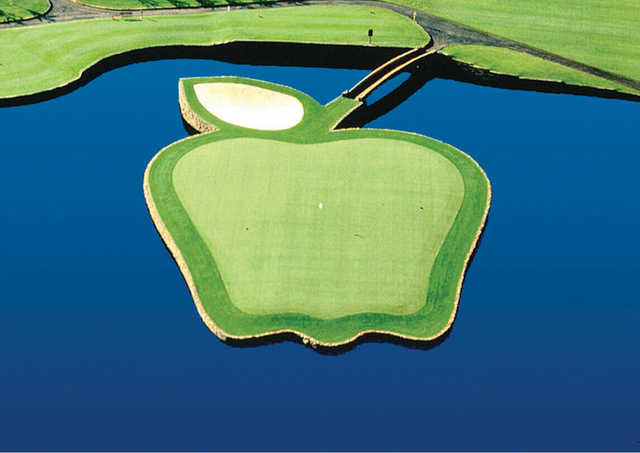

If you ever wondered why milk is at the far end of a grocery store, it's because this design forces customers to walk past an assortment of impulse purchase items, both on the way to and from the staple item they need. The ends of aisles are prime real estate and many stores use additional features such as wing shelves to further highlight products. The grid features long aisles with impulse-purchase items near the front and staple items at the back. A standard grid layout looks something like this: The grid is all about product, product, product. The grid maximizes product display and minimizes white space-nearly every convenience store, pharmacy, and grocery store utilize this familiar layout. In a grid layout, merchandise is displayed on displays in long aisles where customers weave up and down, browsing as they go. Beyond these common features, store layouts highly influence the remainder of the circulation path and experience of your store-so let’s examine the 10 most used layouts now. Here’s an example of a power wall at American Eagle Outfitters. This area is known as your power wall and it can be both an excellent promotional and brand-building space. Thus, placing your high-demand product or premium promotion in this space will ensure it gets seen. Notice the empty space at the front-the decompression zone helps customers transition into your store.Īs we mentioned above, studies show that the majority of people tend to turn right after entering a space, starting a circulation trail through whatever store layout you’ve designed. Avoid placing key items here, like new arrivals or high-demand products. Think of this as a transition space-customers take a broad, sweeping look at the store, and anything placed directly in this area likely will not be noticed. Once a person steps inside, they enter the decompression zone, which is the first five to 15 feet of your store.
USING PICKTORIAL 3 ALONG WITH APPLE PHOTOS HOW TO
Check out these tips on how to create a compelling curbside story. Doing a good job here can help to convert foot traffic into store traffic. We’ll take a closer look at each of them, but let’s first examine the commonalities each of these layouts share by looking at a generic store with a blank interior.Įxterior signage and window displays are curbside appeal for your store’s real estate.

There are many store layouts to consider. Store layouts are the foundation that will guide the experience of your retail space. That’s a lot to consider, but layouts are a great place to start. If, through observing customer flow, you find that many areas of your store aren’t getting any shopping traffic and inventory isn’t moving, you can reevaluate your entire store design or just the layout of that particular area to improve customer flow. Once you succeed at setting up the right store layout, customers will flow the way you intended and your sales will increase. By analyzing which areas of the store are performing well and which need improvement, you can pinpoint whether the store design is helping you turn a profit or resulting in lost sales. Understanding customer flow will help you create a visual merchandising plan or planogram that works. It’s crucial to understand customer flow to inform flow patterns, store areas that are visited frequently or not visited at all, the number of visitors, and overall customer behavior.



 0 kommentar(er)
0 kommentar(er)
